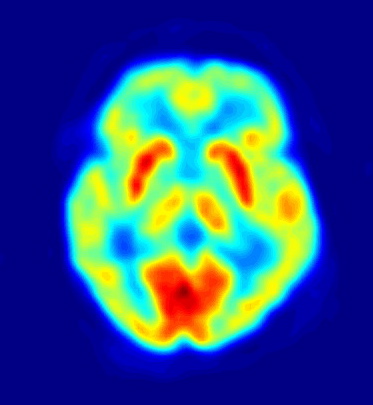Scientists have discovered that, at least when it comes to finding our way around, humans use the same neurological mapping system as rats and mice!
Studies on human volunteers carried out by UCL scientist  Christian Doeller and his colleagues have shown that a brain region called the entorhinal cortex contains a neurological grid system that represents a person's surroundings.
Christian Doeller and his colleagues have shown that a brain region called the entorhinal cortex contains a neurological grid system that represents a person's surroundings.
The grid is made up of equilateral triangles and when a person moves their position is "plotted" and tracked by altering the firing activity of the nerve cells that form the part of the grid representing the part of the world in which they are standing.
The insight for the discovery came initially from studies on foraging rodents in which scientists made recordings from individual nerve cells as the animals moved around. This first led scientists to realise that these animals were finding their way around by using this sort of grid system to orientate their movements relative to various visual landmarks.
It's not practical or ethical to perform these sorts of measurements in humans. Instead, the UCL team built a computer simulation to predict, based on what would happen in a rat brain, the pattern of activity that would be expected in a human if the same system of self-orientation is being used.
Then, 42 human volunteers were brain-scanned as they moved around a 3D environment shown to them through a virtual reality headset. Incredibly, the brain scanner was able to pick up in the subjects' entorhinal cortices the neurological signature predicted from the rat brain work, indicating that humans find their way around the same way rodents do!









Comments
Add a comment